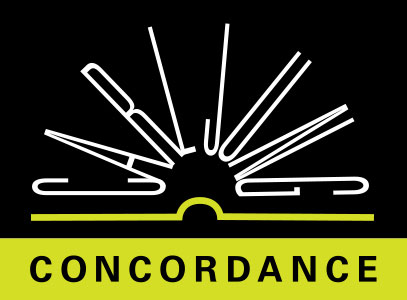Zosimos contrasts the body with the spiritual man:
The distinguishing mark of the spiritual man is that he seeks self-knowledge and knowledge of God. The earthly, fleshly man is called Thoth or Adam. He bears within him the spiritual man, whose name is light.This first man, Thoth-Adam, is symbolized by the four elements. The spiritual and the fleshly man are also named Prometheus and Epimetheus. But “in allegorical language” they “are but one man, namely soul and body”
CW13 ¶ 126SPIRITUAL MAN WAS SEDUCED
INTO PUTTING ON THE BODY
The spiritual man was seduced into putting on the body, and was bound to it by “Pandora, whom the Hebrews call Eve.” She played the part, therefore, of the anima, who functions as the link between body and spirit, just as Shakti or Maya entangles man's consciousness with the world. In the “Book of Krates” the spiritual man says: “Are you capable of knowing your soul completely? If you knew it as you should, and if you knew what could make it better, you would be capable of knowing that the names which the Philosophers gave it of old are not its true names”
CW13 ¶ 126This last sentence is a standing phrase which is applied to the names of the lapis. The lapis signifies the inner man, the,the natura abscondita which the alchemists sought to set free. In this sense the Aurora consurgens says that through baptism by fire “man, who before was dead, is made a living soul”
CW13 ¶ 126ATTRIBUTES OF THE STONE
The attributes of the Stoneincorruptibility, permanence, divinity, triunity, etc.are so insistently emphasized that one cannot help taking it as the deus absconditus in matter. This is probably the basis of the lapis-Christ parallel, which occurs as early as Zosimos (unless the passage in question is a later interpolation). Inasmuch as Christ put on a “human body capable of suffering” and clothed himself in matter, he forms a parallel to the lapis, the corporeality of which is constantly stressed. Its ubiquity corresponds to the omnipresence of Christ. Its “cheapness,” however, goes against the doctrinal view
CW13 ¶ 127WHAT WAS NATURE AIMING AT WHEN
SHE PRODUCED THE IMAGE OF THE LAPIS?
The divinity of Christ has nothing to do with man, but the healing Stone is “extracted” from man, and every man is its potential carrier and creator. It is not difficult to see what kind of conscious situation the lapis philosophy compensates: far from signifying Christ, the lapis complements the common conception of the Christ figure at that time. What unconscious nature was ultimately aiming at when she produced the image of the lapis can be seen most clearly in the notion that it originated in matter and in man, that it was to be found everywhere, and that its fabrication lay at least potentially within man's reach. These qualities all reveal what were felt to be the defects in the Christ image at that time: an air too rarefied for human needs, too great a remoteness, a place left vacant in the human heart. Men felt the absence of the “inner” Christ who belonged to every man. Christ's spirituality was too high and man's naturalness was too low
CW13 ¶ 127THE “FLESH” GLORIFIED ITSELF
IN THE IMAGE OF MERCURIUS AND THE LAPIS
In the image of Mercurius and the lapis the “flesh” glorified itself in its own way; it would not transform itself into spirit but, on the contrary, “fixed” the spirit in Stone, and endowed the Stone with all the attributes of the three Persons. The lapis may therefore be understood as a symbol of the inner Christ, of God in man. I use the expression “symbol” on purpose, for though the lapis is a parallel of Christ, it is not meant to replace him. On the contrary, in the course of the centuries the alchemists tended more and more to regard the lapis as the culmination of Christ's work of redemption. This was an attempt to assimilate the Christ figure into the philosophy of the “science of God.” In the sixteenth century Khunrath formulated for the first time the “theological” position of the lapis: it was the filius macrocosmi as opposed to the “son of man,” who was the filius microcosmi. This image of the “Son of the Great World” tells us from what source it was derived: it came not from the conscious mind of the individual man, but from those border regions of the psyche that open out into the mystery of cosmic matter
CW13 ¶ 127